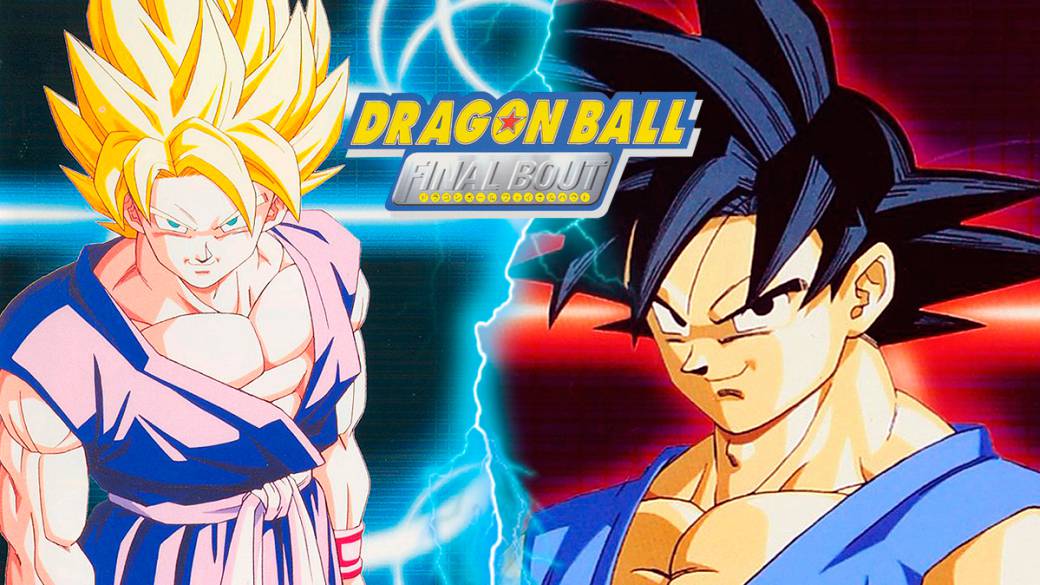
Nostalgia, context and bad memory.
Dragon Ball Final Bout has been present in Meristation on several occasions. Both in video and text, the game that marked the end of the first virtual stage of Goku and company was not well received by critics. 42% in Gamerankings or 4 out of 10 that was given in Meristation can give a good account of it. But this is as true as the fact that when the community and users read about the game, there are always non-ironic answers highlighting that it is one of their childhood games. Of the best Dragon Ball! Dare to say. The question is clear: why did he like Dragon Ball Final Bout, despite everything? Surely the context, nostalgia and the passage of time help shape an ideology in many minds that is far from reality.
As David Jaumandreu explains in Dragon Ball – The videogames of a generation (1), Dragon Ball GT opens in February 1996 as a continuation of Z. And although it was not very successful – hence its short 64 episodes – the machinery of merchandising went to work at full capacity. “In the July issue of V-Jump an extensive advance has already been dedicated to it with abundant screenshots. The most striking was not the content based on the new adventures of Goku, but in its renewed graphic aspect, ”he says. It was the first fully 3D game after flirting with this technology in the previous two installments of PSX, Ultimate Battle 22 and Legends. The game, Jaumandreu recovers, was not well received and took a 53% mark in Famitsu, criticizing its low speed.
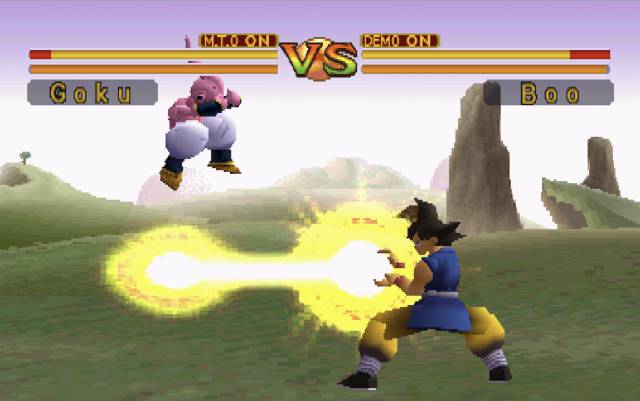
We will not discover now the reasons why Final Bout is probably the worst Dragon Ball in history. Its slow, rough gameplay, with very poor decisions: from the different levels of struggle at heights to the slow turns and movements, passing through the spectacular as frustrating meters when defending, to which to add a great shortage in ways and a template that, despite being renewed, was quite concise.
All this clashes with the fact, says Jaumandreu, who in Japan sold a quarter of a million copies and even launched a second economic edition. And that in Europe -November 1997- it was launched “twice,” a first in France and Spain and a second, with English texts in the rest of the continent. In addition, it was the first Dragon Ball officially launched in the United States in a limited way. But the series grew in popularity: "Atari, which won the exploitation rights, launched a second edition in 2004, coinciding with the arrival of Dragon Ball GT in the United States." And it was done with a cover with Goku SSJ4, to push even more with the rising fever in the country.
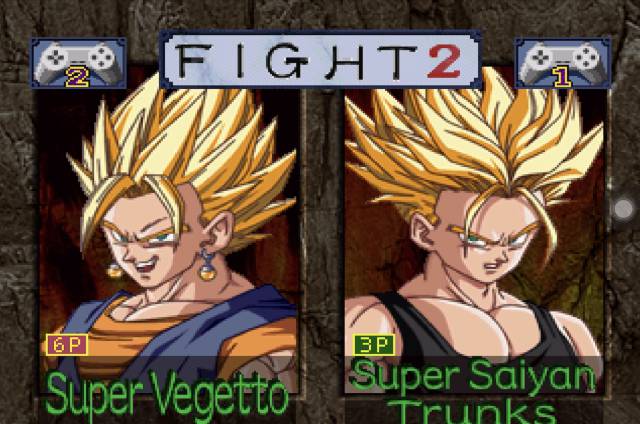
So it is not difficult to understand that the game arrived at a key moment for the territories, connecting with the user thanks to different reasons.
The best opening in a Dragon Ball?
The introduction of Dragon Ball Final Bout is for viewing in a loop. Created by Toei, with a perfect mix of saiyans, allies and villains, and as explained in Dragon Ball Dai Budokai by Daniel Quesada and Antonio Sánchez-Migallón, accompanied – not in the USA – by the song Biggest Fight by Kageyama, the singer of the opening of Dragon Ball Z, it was pure spectacle. The step forward regarding Shin Butoden and Ultimate Battle 22 was evident and that ended up penetrating the public.
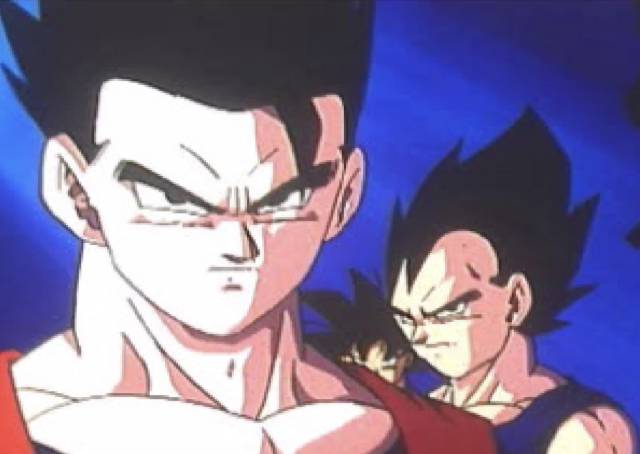
The definitive introduction to 3D
When Dragon Ball Final Bout came out, the game became the first title in the 3D series. We had already seen some details and elements in previous games, but this was the first one that was placed on the stage where Tekken 2 or Virtua Fighters 2 was. The fever for the polygons reached the Gokus and seemed a logical movement. This made the game look much more advanced than it actually was (it is not necessary to remember those analyzes of Symphony of the Night in the mid-nineties where it was denied the best Castlevania for being 2D). In any case, the execution was quite poor and was far from the good 3D fighting of the time.
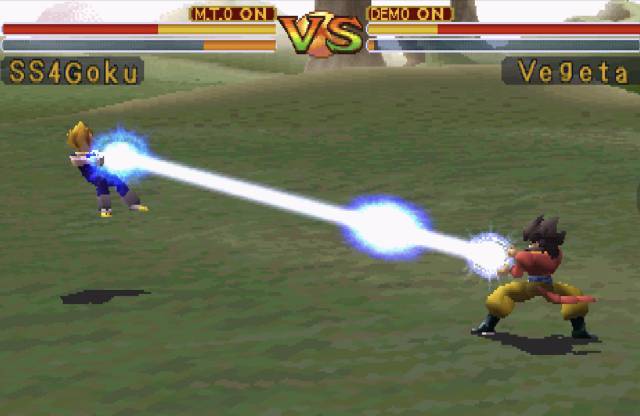
The fashion game: Dragon Ball GT
“The game offered something very important: it allowed for the first time to play a good amount of characters from the then new Dragon Ball GT, something that would not be repeated until Budokai 3. Thus, fighting with Pan, Trunks or, above all, Goku Super Saiyan 4 was one of the great incentives of the title. ” What they remember in Dragon Ball Dai Budokai is as true as key: the title came out at the end of 97 and GT was the new, the powerful. The transformations in SSJ4 were the big claim and that played in favor of the title. Although all that glitters is not gold, and the template of 17 characters ended up plagued with Goku versions (base, small, SSJ, SSJ2 and the expected SSJ4), with three Trunks and no GT enemies except Ozaru Baby as final boss no controllable. GT, deep down, was reduced to Goku, Pan and Trunks. But there was the SSJ4.
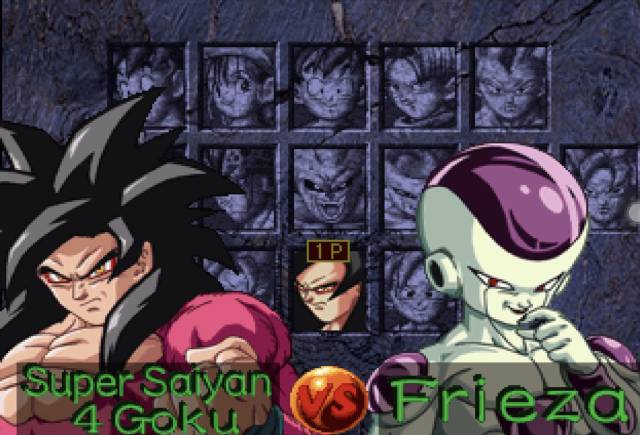
A mediocre delivery that closed a cycle
The reasons for the esteem that still exists in part of the Dragon Ball community are not the most powerful, but in context they were enough to understand its impact. Although deep down, almost nothing worked as expected. I had a GT staff, but it was repetitive and scarce; It focused on 3D fighting, but the depth was barely used and some playable decisions, such as the Meteo, the flight system or the blows were very debatable; it recovered the crashes of waves, but the sequences were very slow like the game in general; and maintained some game modalities, but much less than in its predececores.
After Final Bout, Bandai spent five years without taking out any new games from the series. The rebirth of Goku in the world of video games would come in the next generation of consoles with the Budokai, which changed everything.

